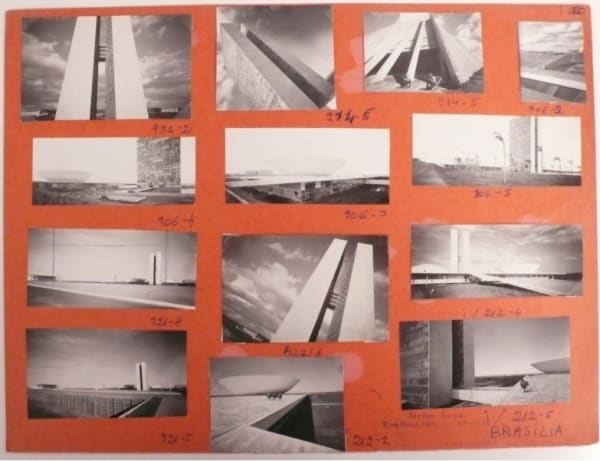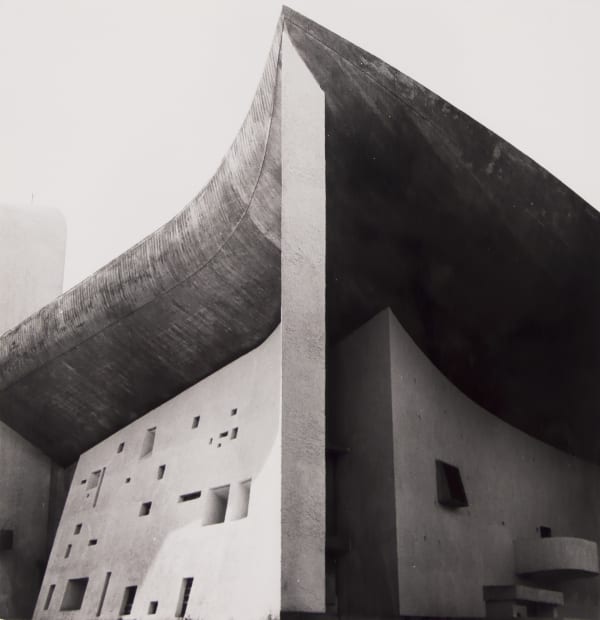Lucien Hervé
Past exhibition
Works
Overview
“It is known that Le Corbusier was interested in the metamorphic process unique to photography” the inverting of black and white from negative to print. It offered the analogy of the conciliation of opposites, a theme underlying much of his work. Hervé’s images are singed with the blackness of shadows set against expanses of white. This often stark portrayal of volumes and the distances between them sets up a deep space where the shadow either forces particular elements into an almost brutal foreground, or the shadow (absence of light) slowly devours the image (a presence). As a consequence of this mutual exchange of light and dark, recognisable or familiar places are thrown into a state of abstract defamiliarization and dislocation. The result often echoes Expressionist or Constructivist paintings in their marriage between dynamics and statics.
Tectonic surfaces such as walls, floors and soffits are both vectorial elements defining boundaries/divisions of space and they are also tableaux depicting material interplay. I believe it is here that Hervé’s rare talent is shown the most: in the subtle and violent tension between exactness and roughness. Undulating, hewn, porous, precious. Multitudes of surfaces (and in particular, concrete) depict a unique imperfect sculpture.
Space is the fluid counterpoint to dense materiality. Often, it seems in the photographs there is a residue from the ‘Universal Space’ spoken of in Modernist Utopian visions. It is the allusion to an endlessness within which these fragments are situated. In some of the images, figures occupy space tentatively, as though in limbo between being real and being fictive landscape figures. Lucien Hervé’s serenely beautiful photography occurs at the very moment of the creation of an Image, frozen yet fluid, into a new version of reality. “




